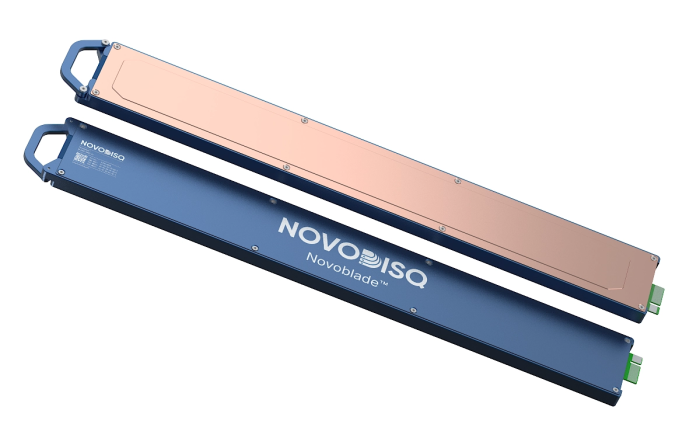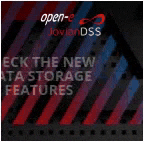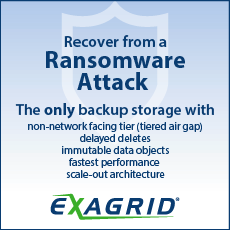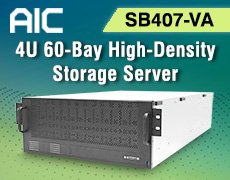Novodisq Delivers Probably the Densest Storage Server Today
with 11.75PB in 2U
By Philippe Nicolas | August 26, 2025 at 2:02 pmEvery FMS conference reserves its series of surprises and discoveries, we should say in all dimensions…
This time, we discovered Novodisq, a very young storage player from New Zealand that, for sure, shakes established market positions and potentially developments with its product Novoblade. They were present on the Microchip booth.
![]()
With the AI pressure but also cyber threats, IT departments must be prepared for a data deluge and attacks. This generates the obvious necessity to store and process tons of data. And it appears that Novodisq’s approach could be a fit.
Let’s dig a bit into the product and its specifications. We consider 3 dimensions model XYZ, X being the number of blades in rack unit placed horizontally in a rack, Y for the number of blades vertically in the rack and Z for the blade itself, it means the depth.
Novoblade is super dense as il offers 144TB x 4 of storage capacity raw based on Flash TLC SSDs in E2 format supporting NVMe 2. 1 and ZNS coupled with AMC Versal Prime G2 or Versal AI Edge G2 plus 8 ARM64 cores coupled to 96GB of DRAM, FPGA and AI/ML optional hardware acceleration plus high speed connectivity with 400Gbps RoCEv2 links. The opearating systems supoprted are Red Hat Enterprise Linux and Ubuntu LTS. This is for the Novoblade G1, probably for Generation 1 as it is the first iteration. So Z equals 576TB. The team promotes 24PB write endurance per SSD.

Now let’s multiply Z by the number of blade you can install in a 2U tray/shelf. X is 20 in that case so in 2U the configuration 20 x 576TB = 11.75PB !!
And we conclude with Y and we pick 20 as well, at the end we obtain XYZ = 20 * 20 * 576TB = 230PB in 1 rack, pretty amazing. And imagine now if racks are multiplied…just 4 and you approach the Exabyte !
You can download the full detailed spec sheet here.

Globally it provides a very scalable and dense approach that can be considered for multiple needs. We can imagine 2 configurations:
- storage servers exposing various access protocols and APIs – block, file or object -, independent or integrated within a distributed even parallel model with some commercial Software-Defined Storage instances or open source ones like Ceph, MinIO, pNFS config, Lustre or DAOS…
- converged deployments where some computation and applications run directly in blade servers as lots are available.
We let you review who else in the industry can compete and deliver similar storage capacity with dense SSDs with the right size, chassis and enclosure capabilities. Then we can list 1U, 2U, shelves and racks…













 Subscribe to our free daily newsletter
Subscribe to our free daily newsletter

